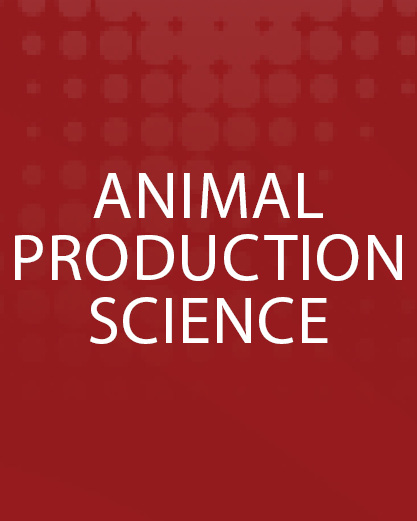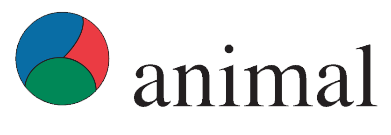Document type: Scientific review published in Animal Production Science
Author: Peter J. Groves
Preview: Numerous non-infectious conditions can affect commercial layer flocks. Some of these, such as conditions related to bodyweight, fatty liver haemorrhagic syndrome and effects of age are common to all production systems, while some are more common in cage systems (cage layer fatigue, feather pecking) or in cage-free systems (grass impaction, smothering, sunlight exposure, cannibalism, predation and injuries). Many of these conditions are covered in other papers and will not be dealt with in here. In the present paper, emphasis will be placed on grass impaction, smothering, effects of age, exposure to high light intensities, predation and conditions related to overweight/obesity issues. All of these are of considerable welfare concern for the industry. Grass impaction is a particular issue when hens are first released to the range areas and are exposed to vegetation or other fibrous materials. Mortality can be high with this problem. Smothering episodes can be generated by sudden flock disturbances, or from overcrowding in nests or related to nest-box design. Other less well understood triggers for smothering are poorly understood but have been linked to temperature variability, retreating shade in range areas on sunny days, dust-bathing opportunities and things that attract birds to certain points in the shed. The incidence of tumours increases with hen age. Most frequently encountered tumours are leiomyomas and adenocarcinomas, both of which are associated with the reproductive tract and are presumably linked to selection for higher and more sustained egg production. The incidence of these neoplastic conditions will need better understanding if increases in flock persistence of lay are desired. Light intensity is understood to be a possible trigger of increased aggressive behaviour and can lead to increased feather pecking and cannibalism. Predation, while frequently reported, is not regarded as a major cause of loss in most farming circumstances, although individual cases can be serious and it is a major cause of concern. Obesity is becoming more recognised as a problem in layer flocks as research begins to focus on its effects. Reduction in average flock weights will be an objective for further improvement in persistency of lay in the future.




